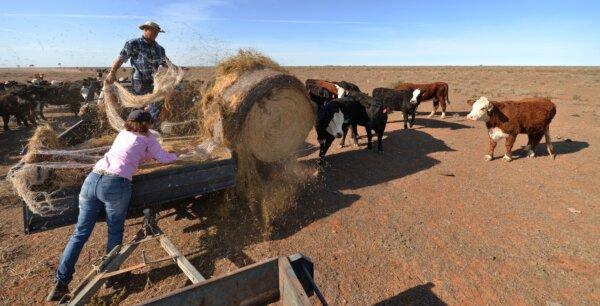Peak Body Warns of Looming Extinction for Australia’s Food and Grocery Manufacturing Industry
The Australian Food and Grocery Council stated that local producers are facing challenges such as declining profit margins, reduced capital investment, and product offshoring.
A peak industry body recently revealed that Australia’s food and grocery manufacturing sector is at risk of “extinction” due to tough economic and market conditions.
Speaking at a Senate hearing, Australian Food and Grocery Council CEO Tanya Barden painted a bleak picture of the local industry.
Ms. Barden highlighted that prior to the COVID-19 pandemic, food and grocery manufacturers experienced decreasing profit margins, which worsened due to supply chain issues in subsequent years.
She mentioned, “In the decade before COVID, food and grocery manufacturers struggled to pass on their increasing input costs, leading to a decline in industry profit from $8 billion to $5 billion. Capital investment also stagnated during this period.”
Manufacturers were forced to raise prices to cover rising costs, resulting in a significant hike in food and grocery prices in recent years, according to Ms. Barden.
Ms. Barden highlighted a concerning trend in the average annual CPI for food products, which rose from 1.6 percent to 4.4 percent in recent years.
She emphasized the need for increased capital investment to boost innovation and competitiveness within the industry.

Increased Offshoring of Food and Grocery Products
Ms. Barden also discussed the rising trend of offshoring food and grocery products, which poses a challenge for the local industry.
She expressed concern about the negative impact on suppliers’ ability to cover costs and reinvest, leading to uncertainties about production location and industry viability.
“This sector, employing 275,000 people with 40 percent in rural and regional areas, faces significant risks if the food and grocery manufacturing industry suffers,” she stated.
In response to the influx of imported products, Ms. Barden recommended government support focusing on enhancing productivity and competitiveness rather than ineffective measures like country of origin labelling requirements.
She suggested, “Dealing with the effects of supermarket concentration by promoting investment is crucial to supporting the industry.”




